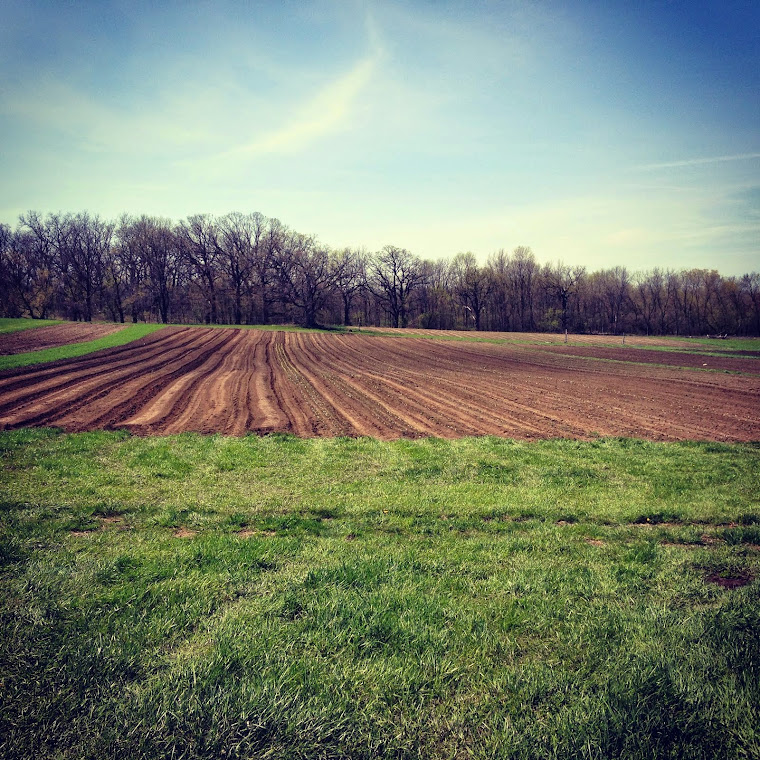There is a shared architecture across the biological world. A
mathematical ratio, that when expressed through form, creates a
highly functional pattern. As someone who is personally most faithful
towards science, it feels almost spiritual to witness this pattern expressed in a variety of living contexts. As though a higher power of creative
evolutionary momentum, born from star dust and elemental building
blocks, was blindly playing around one day and discovered a formulaic
design so efficient that it had to replicate it throughout life
itself.
The Golden Ratio is an irrational number. It cannot be written as
a simple fraction, and is essentially a ratio that slips just in
between simple fractions. In mathematics two quantities are in the
golden ratio if their ratio is the same as the ratio of their sum, to
the larger of the two quantities. When applied it follows the numeric
sequence of 0, 1, 1, 2, 3, 5, 8, 13, 21, 34, 55, 89, 144...and so on.
First discovered in Indian mathematics, the Golden Ratio appears
throughout the biological world.
In the plant world it can be seen in the branching of trees, petal and leaf arrangement, the fruitlets or flowerings of a
fruit, pinecones, seed heads, a head of
romanesco, the unfurling of a fern, and more. It can also be seen in spiraling shells, spiral
galaxies, hurricane patterns, DNA, and our own human body (you'll
notice that most of our body parts follow the numbers one, two,
three, and five – we have one nose, two eyes, three segments to
each limb, and five fingers on each hand).



So what makes this Fibonacci form so functional? Take a spiral growth pattern of leaves for
example. When leaves grow in spirals, new leaves don't block sun from
the older leaves. The maximum amount of rain or dew can be directed down to the roots, and the balance between new growth and old
growth becomes optimized. It is the most efficient pattern for most
plant growth to adopt. That being said, not all plants follow this rule, and not all coincidental matches are factually Fibonacci. The Golden Ratio is simply a pattern. A predictable repeat. An image that brings consistency and framework to a setting. Where else have you seen this Golden Ratio, and what other patterns do you see in nature?






No comments:
Post a Comment